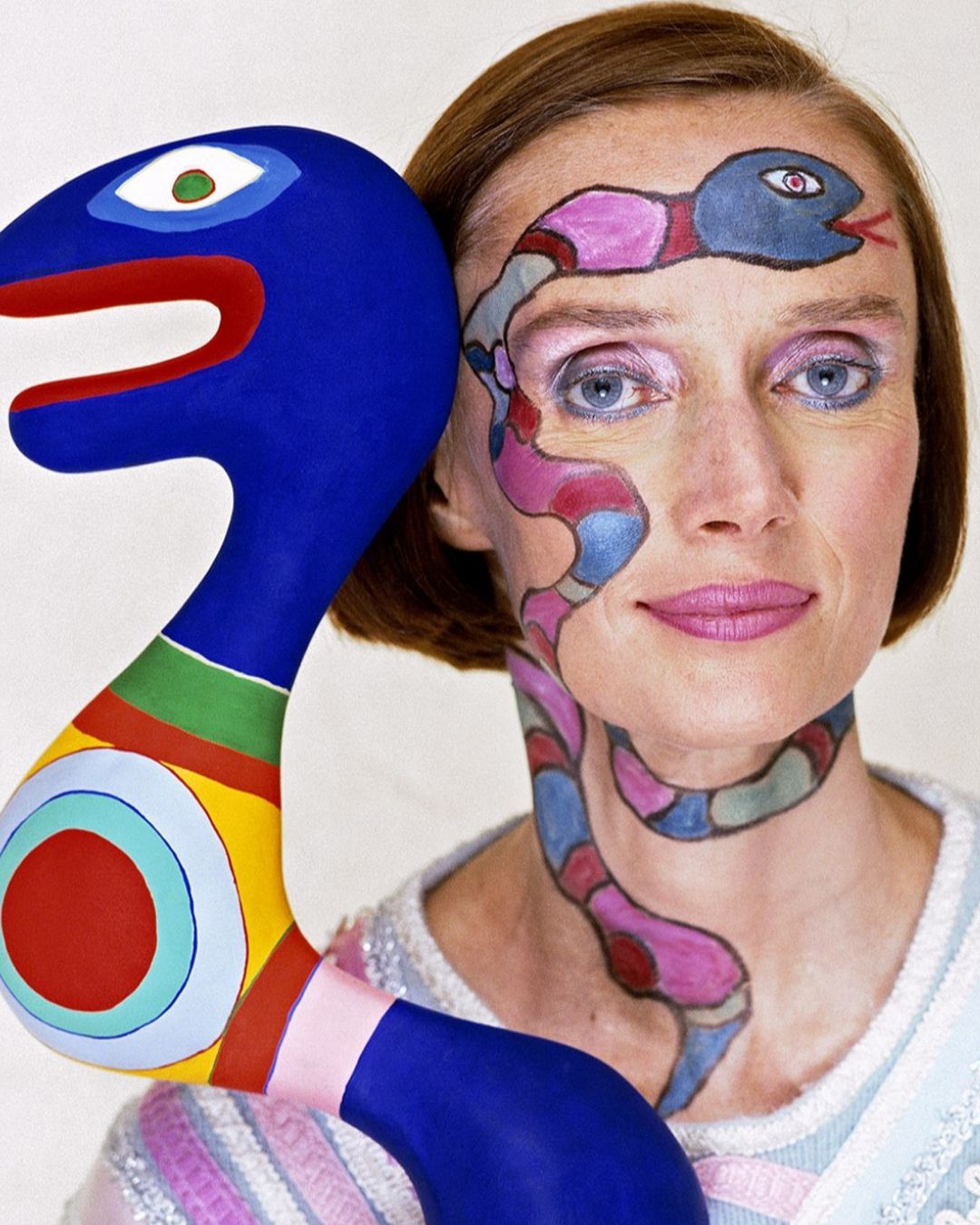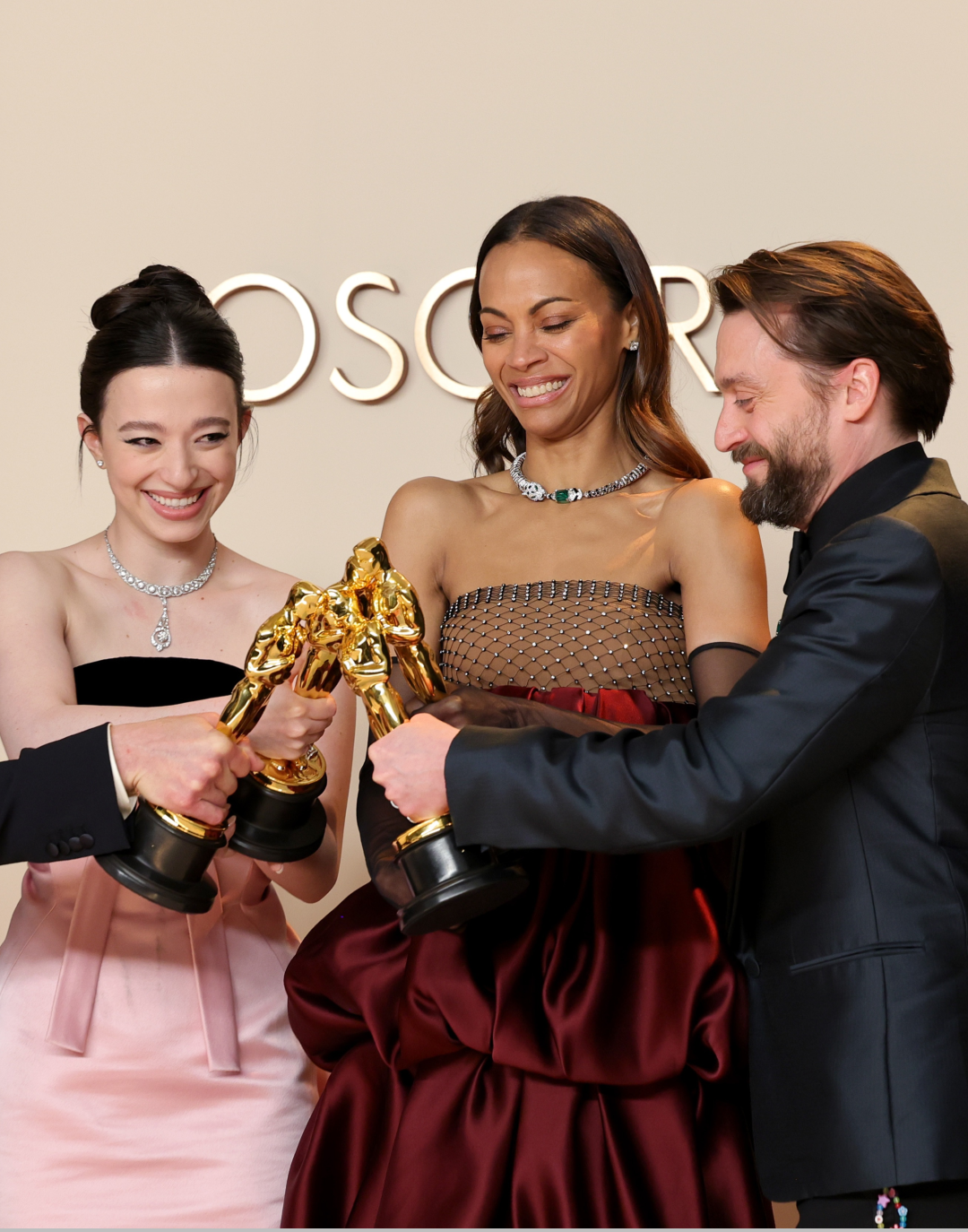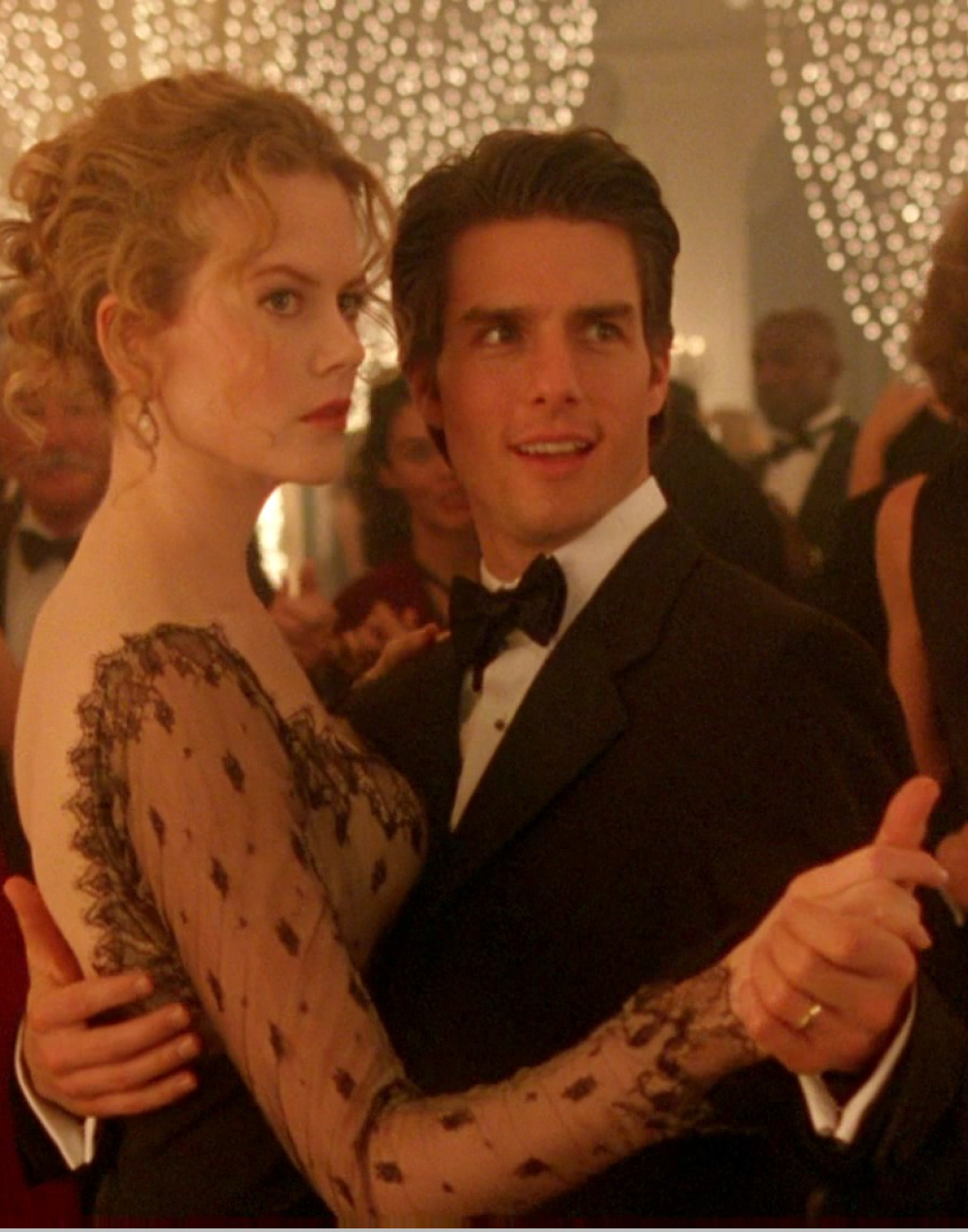
Niki de Saint Phalle's anti-biopic now available on the big screen A sensitive portrait of an artist, between creative genius and commitment
Even though biopics paying tribute to artists (especially in the music world) are sprouting up like daisies on the cinematic scene—likely an attempt by directors to appeal to a wider audience—Céline Sallette offers more of an anti-biopic with her debut film honoring the artist Niki de Saint Phalle. In Niki, the life of the Franco-American artist, who became a naturalized Swiss citizen, is retraced from the 1950s to the 1960s in a poetic demonstration, focusing less on her works and more on her personality and story. After beginning her career as a model, the young and beautiful Niki turned towards art, mastering its various disciplines in a completely self-taught way, fueled by her exchanges with her peers and mentors. In 1952, she began painting, and by 1961, she was part of the Nouveaux Réalistes, alongside Gérard Deschamps, César, Mimmo Rotella, and Yves Klein. With her husband Harry Matthews, she created numerous architectural sculptures, sometimes commissioned, other times simply for her own enjoyment.
Among these works are the Nanas, giant statues of boisterous, dancing, uninhibited women. She later created entire parks filled with her creations, such as the Tarot Garden in Tuscany, inspired by Barcelona’s Park Güell, and featuring monumental sculptures based on tarot card figures. She is also known for her performance paintings, such as her Tirs series, where she shot paint-filled bags with a rifle. Beyond her devotion to art, she was deeply committed to several causes, including fighting against racism in the United States, advocating for women’s liberation from patriarchy, and supporting AIDS patients. She even joined the AIDES organization and created a film on the subject with her son.
It is precisely this devotion, this overwhelming passion for life and its highs and lows, and above all, this strong and inspiring personality that the director wanted to portray—more than the artist behind these monumental sculptures. However, although her artworks are not the focus of the film, the prohibition against showing her works on-screen posed a challenge for Sallette and her team. Still, the film stands as a work of art in its own right, thanks in part to the cinematography by Victor Seguin. “The idea of transformation runs throughout the film,” explains Céline Sallette in Vogue. “In terms of color, we start from very neutral tones and gradually embrace more exuberant ones.” The film incorporates many flashbacks, each illustrated by a color: red for anger, green for monsters representing the incest that the artist suffered at a young age. “I sought to depict Goya’s Saturn through the father figure consuming his child,” Sallette says. Niki de Saint Phalle often wrote about childhood dismemberment, so I wondered how to convey that cinematically. The father could ‘consume’ his daughter’s head. It quickly became clear, as duality runs throughout her work—from trees to faces—as a representation of dissociation, one effect of trauma,” explains the director. The film, released in theaters on October 9, has already seen tremendous success, particularly with younger audiences. Through this brief yet condensed glimpse into the artist’s life—or rather a slice of it—Sallette, along with Charlotte Le Bon’s breathtaking portrayal of Niki, has succeeded in conveying the energy and passion that characterized the artist in both her works and her life.










































